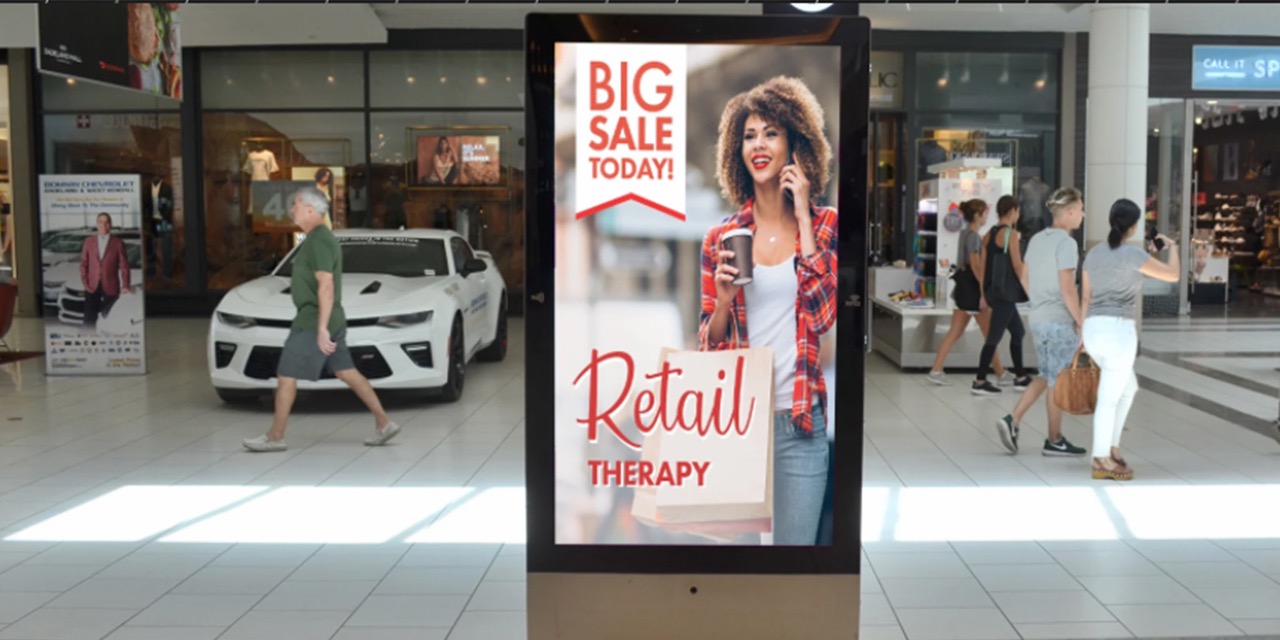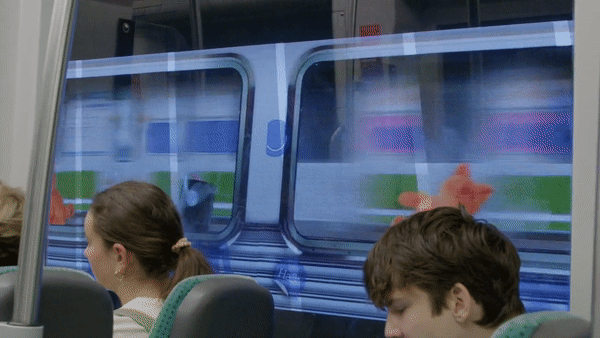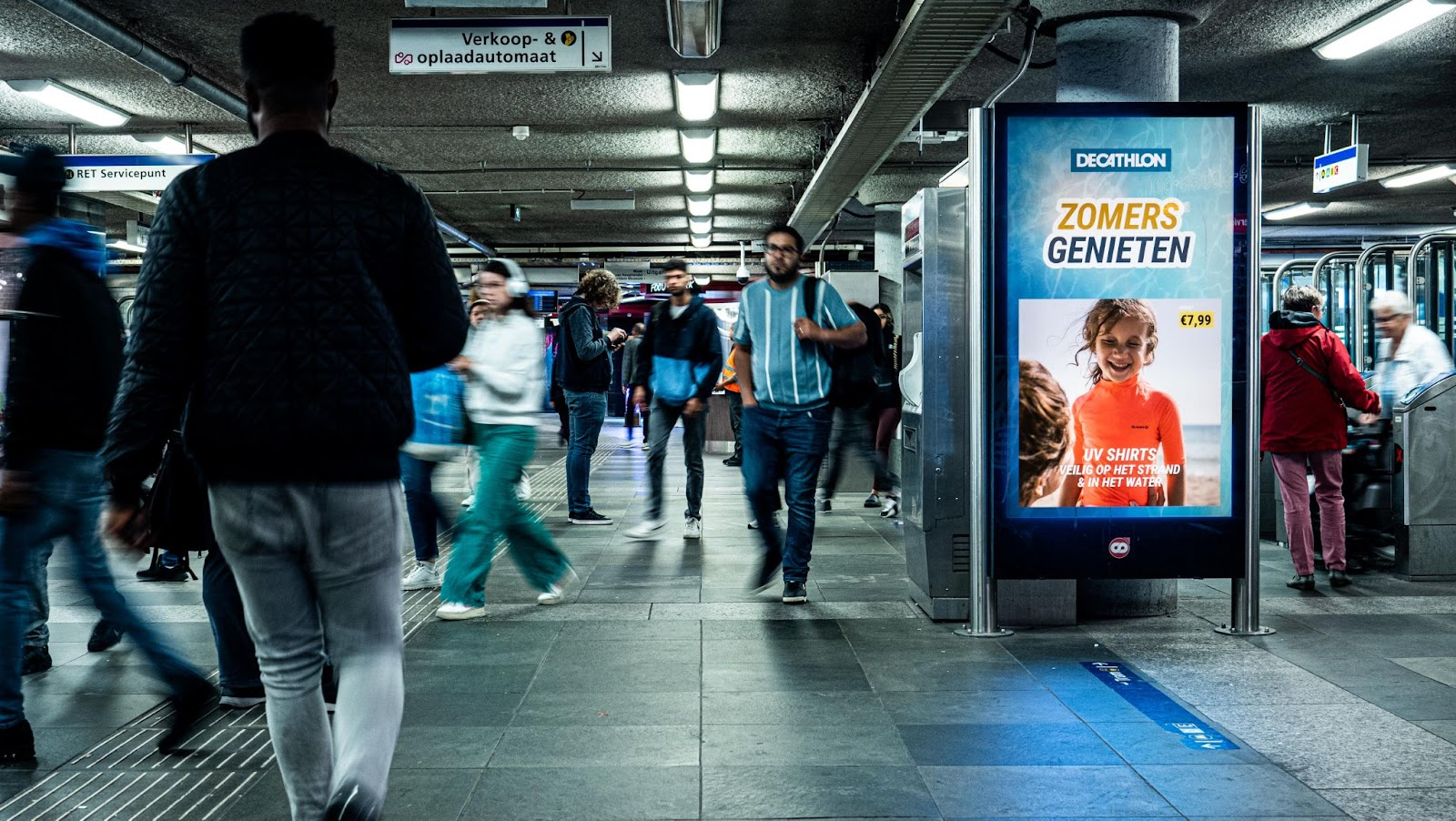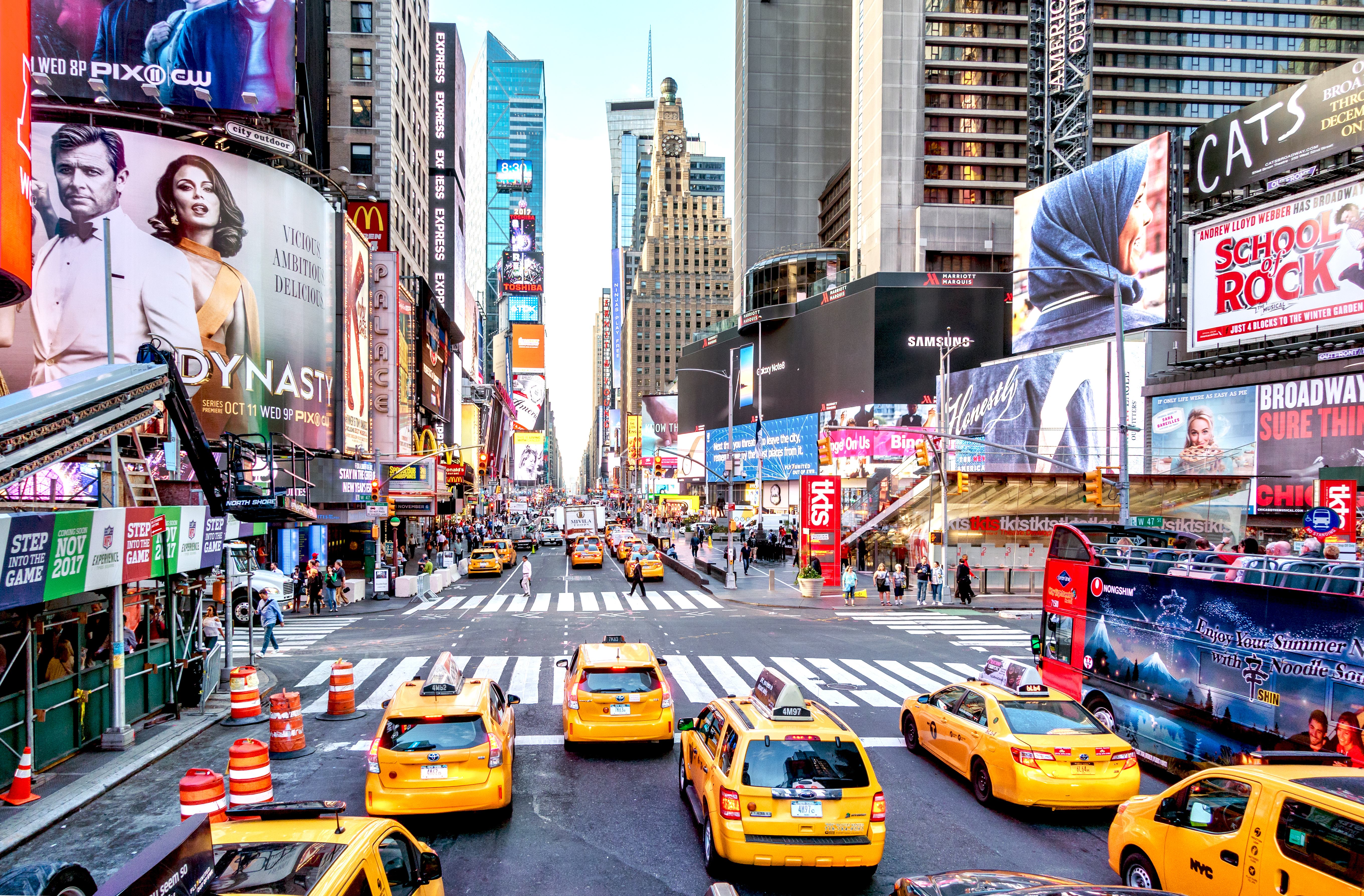
Originally published in Total Retail
Following a year when being inside the home was synonymous with the terms “lockdown” and “social distancing,” consumers are finding themselves more eager to be away from home.
When consumers get out, they're engaged and active, offering an ideal state of mind to be receptive to an advertiser’s messaging. Therefore, reaching consumers out in the world is a critical and unique component of any cross-media, outcome-based media strategy.
Advertising in these “in the world moments” is a crucial link between a brand’s ad spend across all platforms, maximizing overall return on investment. As such, digital out-of-home (DOOH) advertising engages consumers at locations where they're energized, focused and positive — and retailers are well positioned to reach their audiences through this flexible, contextually relevant medium.
The retail sector is actively transforming today, and a large component is the integration of more of these “in the world” marketing touch points as part of the in-store experience. Already underway in 2019, the pandemic rapidly accelerated the rate at which retailers are re-evaluating the physical consumer experience — in a way that benefits advertisers, consumers and the retailers themselves.
Embracing New In-Store Opportunities
There has been an explosion of opportunities for both screens and advertising within the physical retail environment with the rise of self-service checkout options, increasing opportunities for personalized in-store messaging and other forms of dynamic content and experiences.
Many retailers are embracing kiosk solutions to provide consumers with a wider variety of services without needing to scale hiring. These kiosks can serve double-duty as a unique customer experience and a marketing messaging platform.
By investing in in-store digital signage, retailers also open up another avenue to monetize their unique first-party datasets. With the right signage software capabilities, retailers can target shoppers in-store with messages relevant to their habits, as well as extend their messaging across all digital properties in-store, on their website and within their mobile apps.
%20copy.jpg?width=1200&name=Lightbox%20Santa%20Monica%20Place%20(1)%20copy.jpg)
A Touchpoint for Seamless 'Path to Purchase'
Digital solutions like display and connected television only reach users when they're plugged into their device; DOOH, on the other hand, reaches people multiple times throughout their typical day.
While consumers are out of the home, whatever their new daily commutes look like, brands can reach them via billboards and urban panels on the road or via transit hub screens. Once at their destination (such as the grocery store or convenience store, or even back at the office), consumers will come across DOOH screens as they go about their day.
If their next destination is a gym, for example, a beauty brand can deploy messaging about products for taking care of skin while they're taking care of their bodies.
Following the gym, a beauty consumer might head to the salon, where they again receive messaging about skin care while they're partaking in another form of self-care. With 86 percent of consumers going to grocery stores, 70 percent driving on highways, and 50 percent visiting retail locations — taking into account the 75 percent who report tuning out ads on their digital devices — DOOH has become a crucial part of the media mix for connecting with consumers and capturing their attention while they’re out in the world.
Making Audience- and Outcome-Based Buying More Effective
With rapid advancements in data and technology within the OOH space, brands can create custom audiences around specific persona-based behaviors or activate audiences using their first-party CRM or preferred third-party data providers. Programmatic technology provides unique access to the right consumers, at the right times, as they move throughout their daily routines.
Programmatic OOH is a critical component to complete audience-based buying. Brands can activate a movement-based, data-driven audience strategy to reach their target audiences in the real world, and thus eliminate wasted spend.
Brands can also understand the true ROI and real-world impact of a campaign through the robust measurement capabilities now available via programmatic OOH. This includes analyzing consumer behavior indicators, such as awareness and consideration to determine brand lift, measuring lift in visits to brick-and-mortar locations, and CPG sales lift by linking DOOH exposure to offline sales.
This positions DOOH to be a connective medium between other omni-channel touch points, providing retailers with an impactful way to extend and amplify their other media buys.


